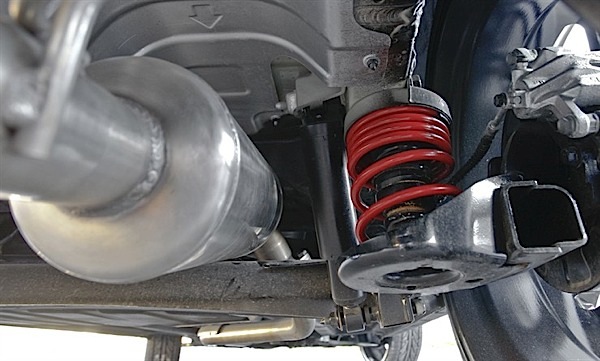
The Kia Soul is one of the best selling cars of the past three years. While the usual Kia/Hyundai bits are under the Soul’s trendy exterior, it does have four different strut and spring options that can make ordering the right parts a nightmare.
This is the typical “net build” vehicle with no adjustments for camber or caster. The factory manual recommends replacing parts if something is out of alignment, but the aftermarket offers several solutions to bring a Soul into spec.
Front Suspension
The front suspension is a McPherson strut setup. Always make note of tire wear. If a customer does not rotate the tires, the stock tires would wear the inside edges. This is normal.
Like most new vehicles, the Soul does not have any built-in adjustments for caster and camber, but they can be made by installing cam bolts on the strut.
Too much positive camber will result in a car that will pull or drift depending on the amount of cross camber. Kia recommends the cross caster should be less than 0.5 degrees.
KIA recommends checking SAI with an alignment system that can perform a caster sweep. It is useful for checking for damaged components when the SAI difference between left and right sides is more than 1 degree. If SAI is lower on one side of the vehicle, it may indicate a bent lower control arm. If SAI is higher on one side of the vehicle, it may indicate damage to the upper strut mount.
Rear Suspension

The rear suspension on the Soul is a trailing beam axle. While this setup is almost bullet-proof, the axle can be tweaked by moderate impacts with curbs and potholes.
There are no built-in adjustments for toe or camber. Adjustments can be made by installing a shim between the axle and wheel-bearing hub.
It is recommended by KIA to check thrust angle and set back before performing adjustments in the front. Failing to do this could result in an off-center steering wheel.
Steering Angle Sensor
The recalibration of the steering must be performed after any front or rear toe adjustment. It is highly recommended to do this through the OBDII port.
TPMS
The Soul has just a warning light on the dash to indicate the condition of the tires. If one tire is above or below the inflation threshold, it will turn on the light. The system does not display which tire is low.
For a sensor to work, it has to have its ID number entered into the TPMS control module along with the position of the sensor. This requires a scan tool. The sensor enters a sleep mode after 19 minutes. To complete the relearn, the car should be driven above 18 mph until the sensor is able to send a signal multiple times to verify that it is from that sensor and the signal is not from a nearby vehicle. After this, the light should go out.









